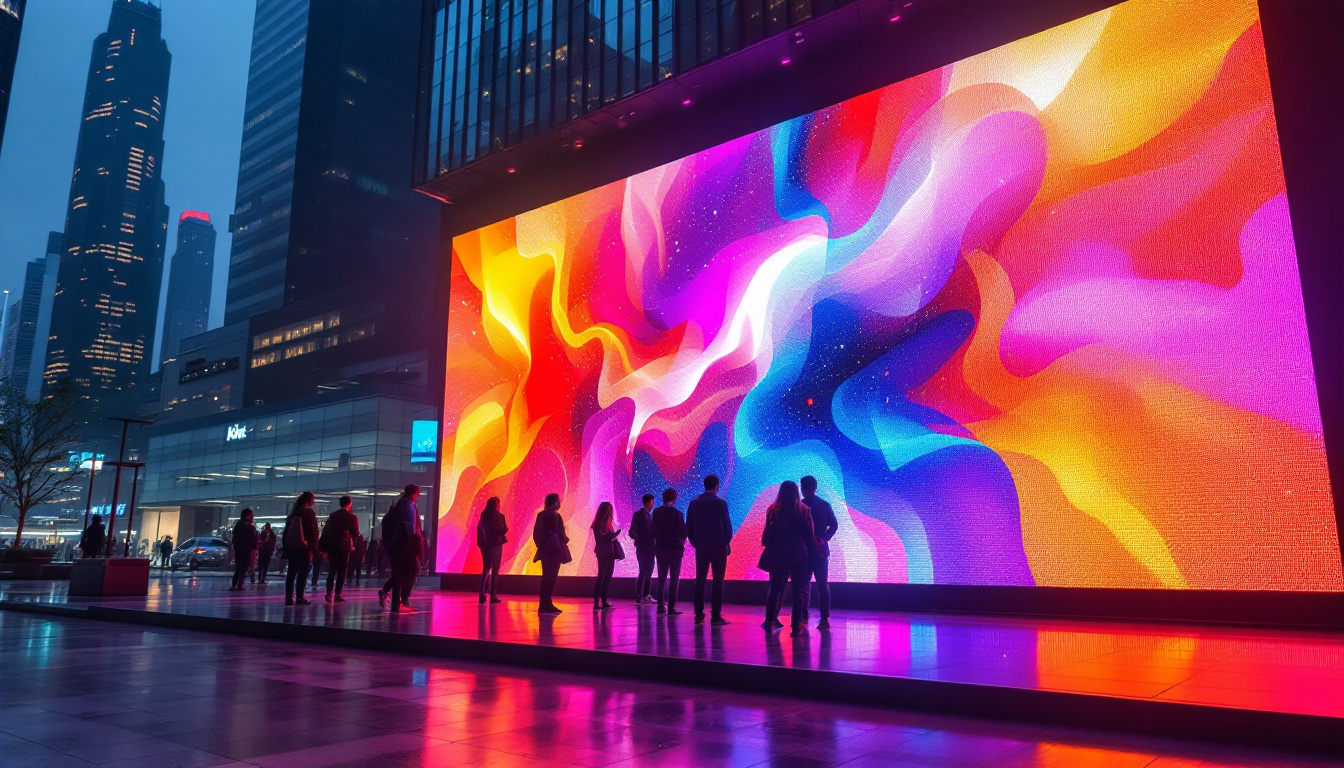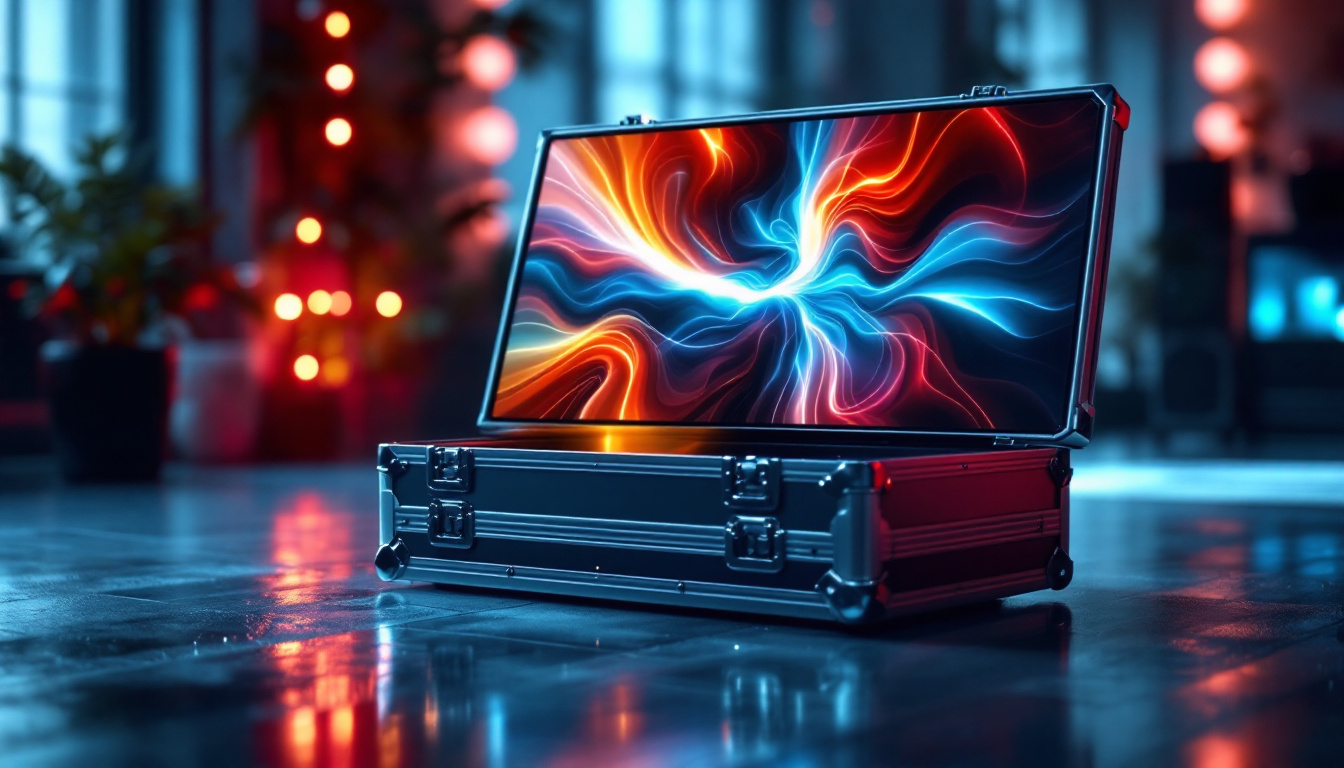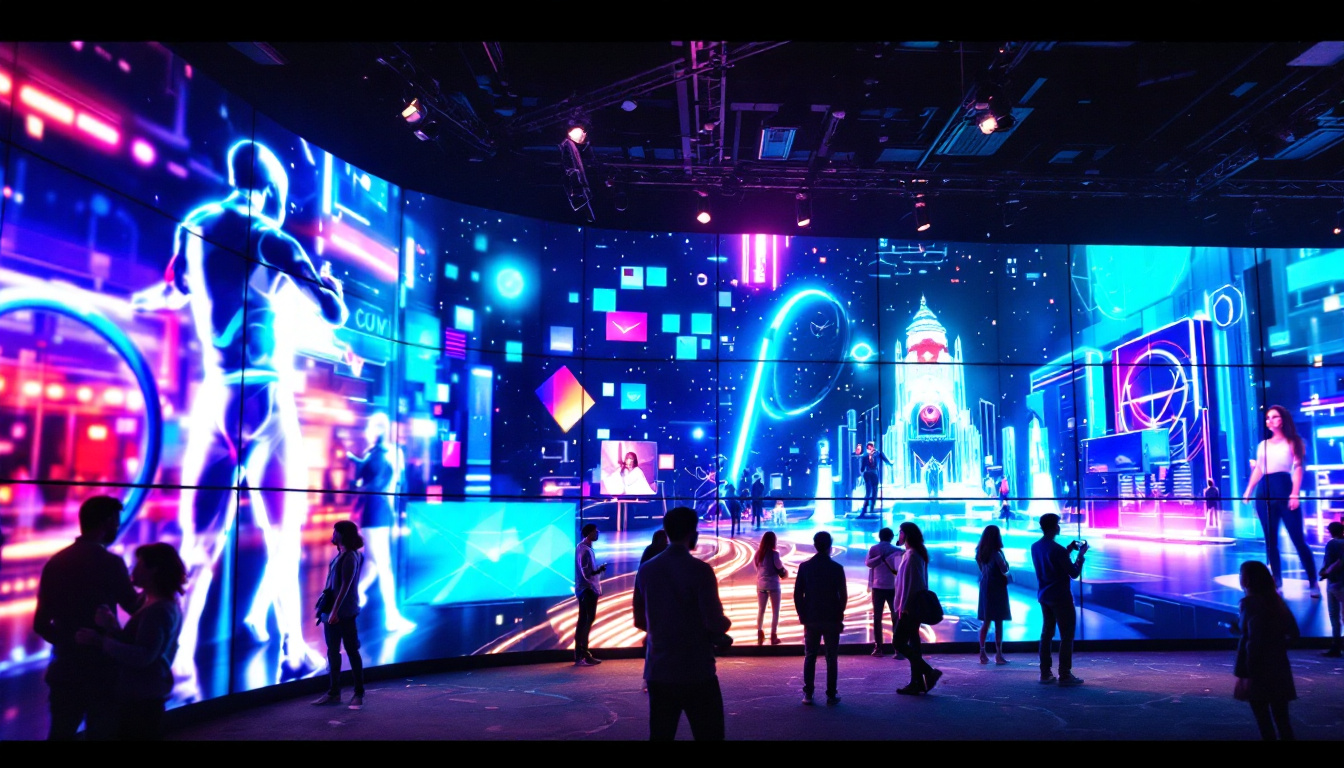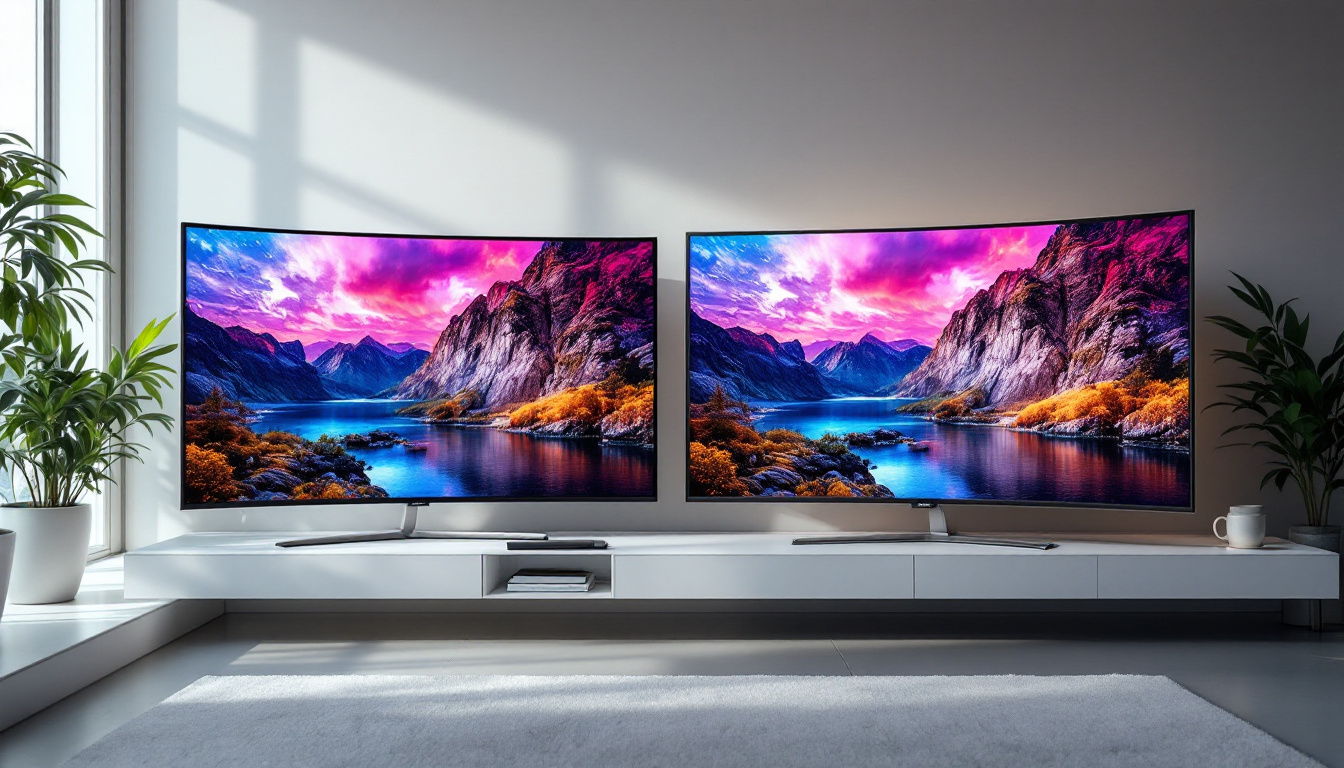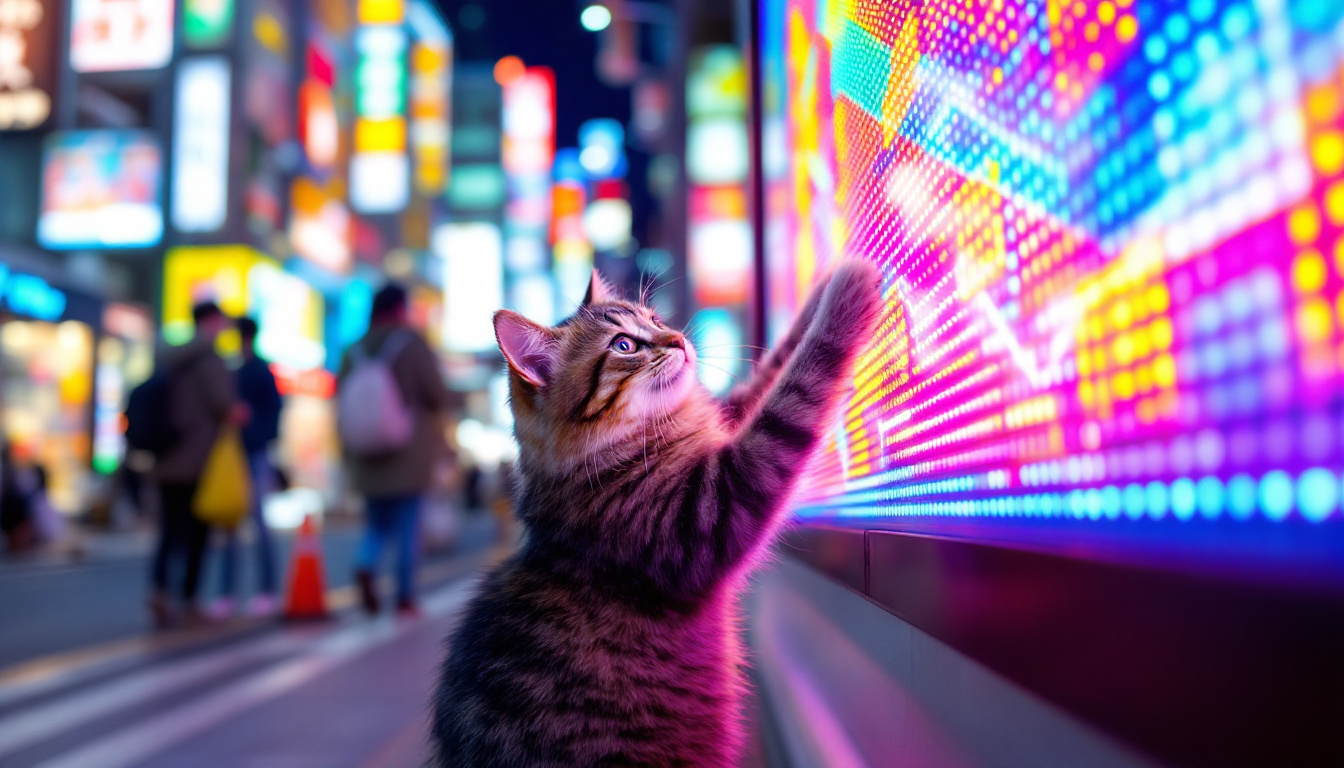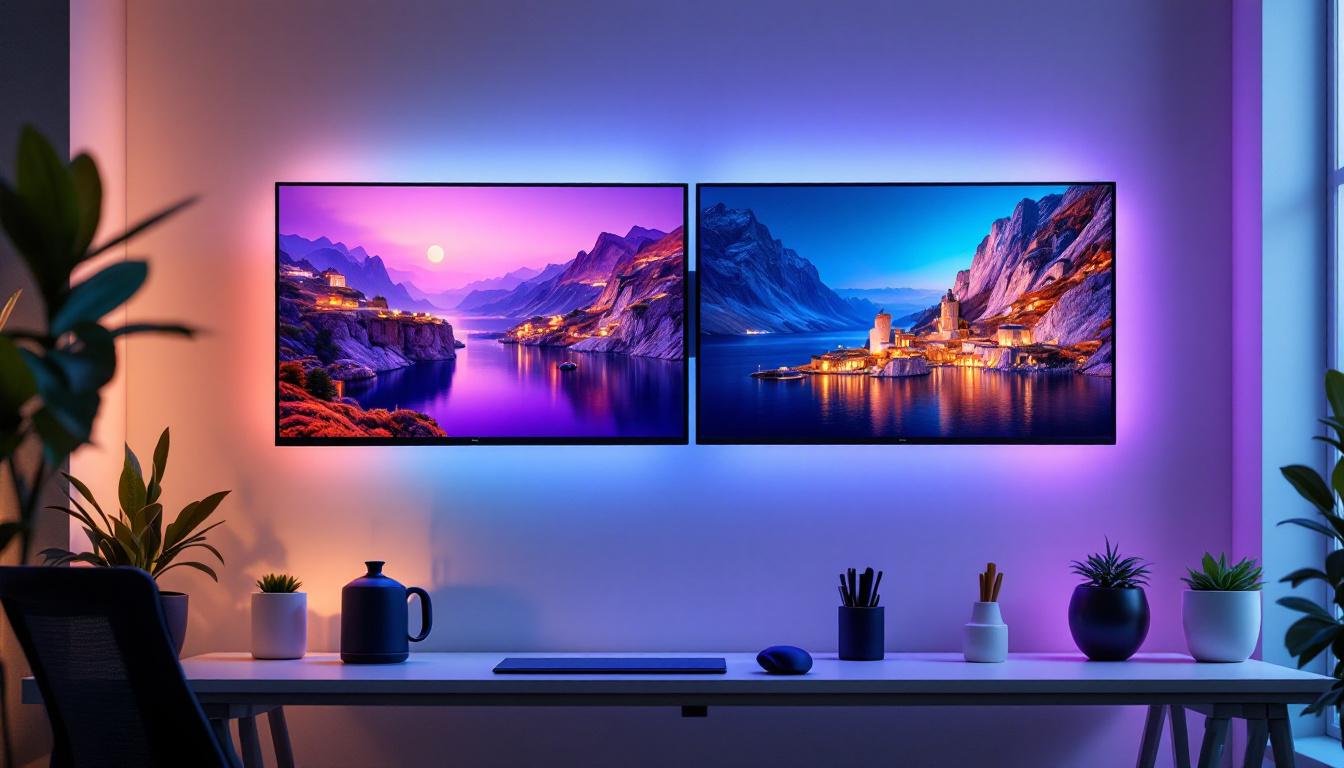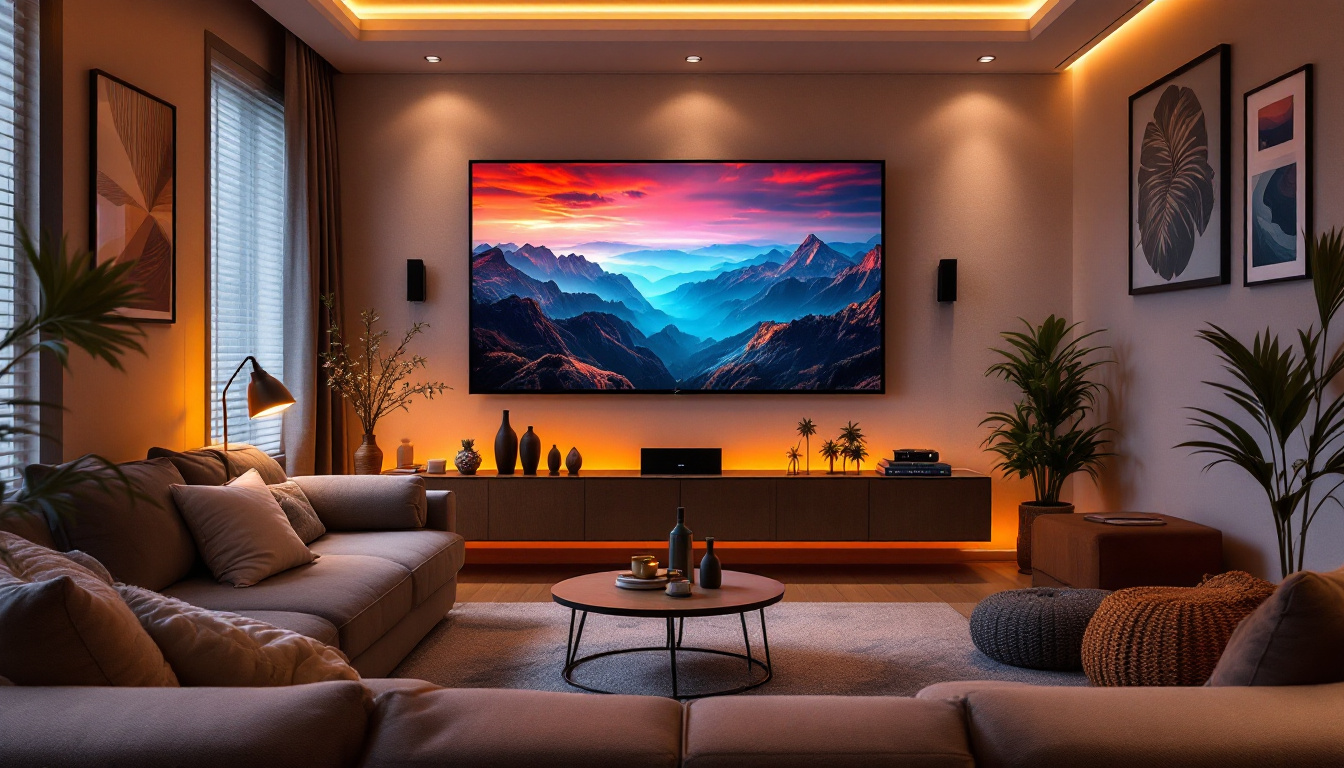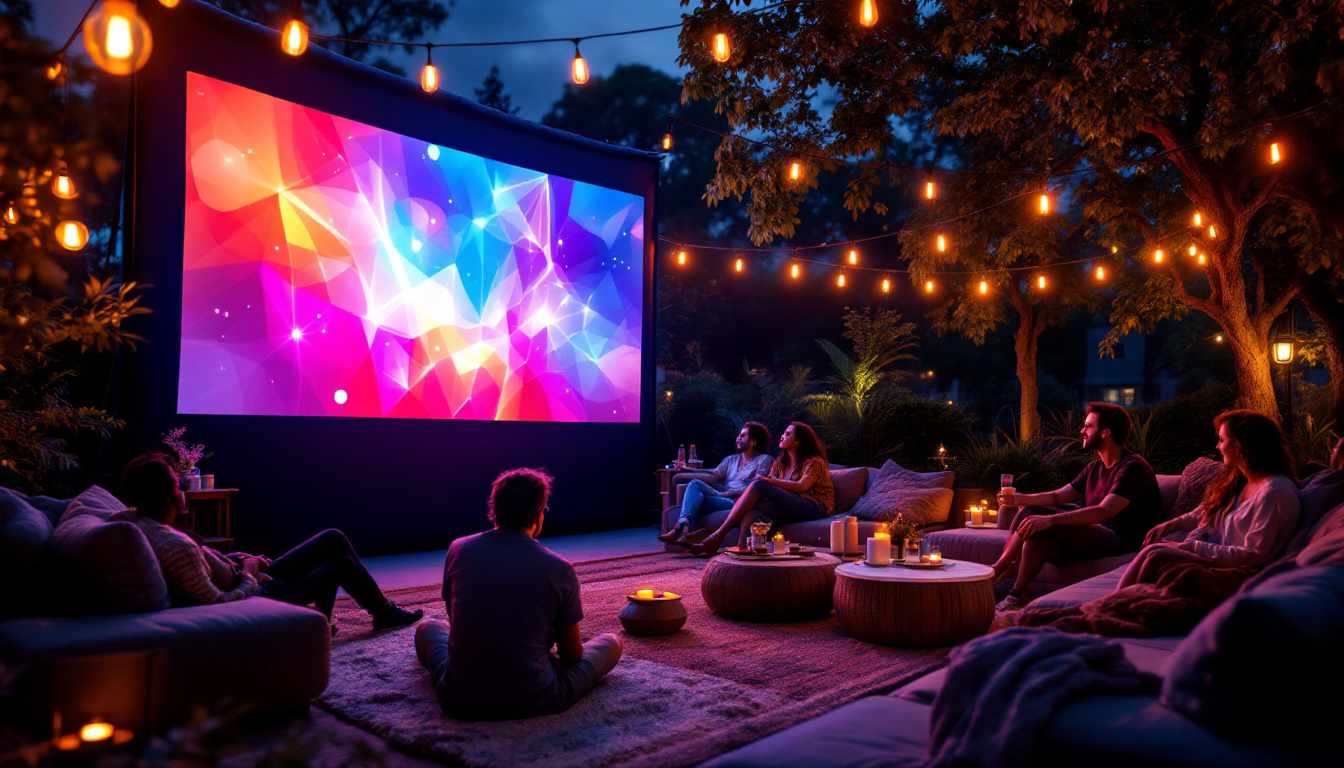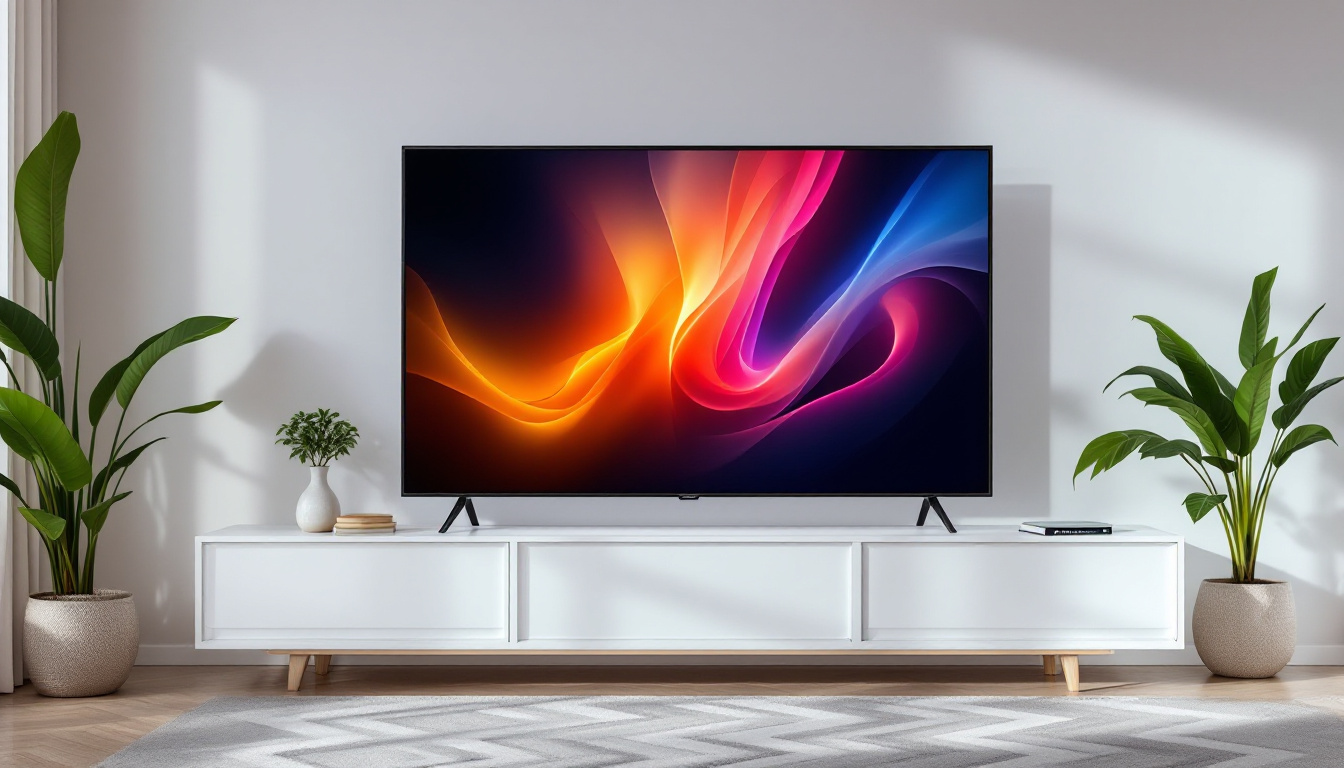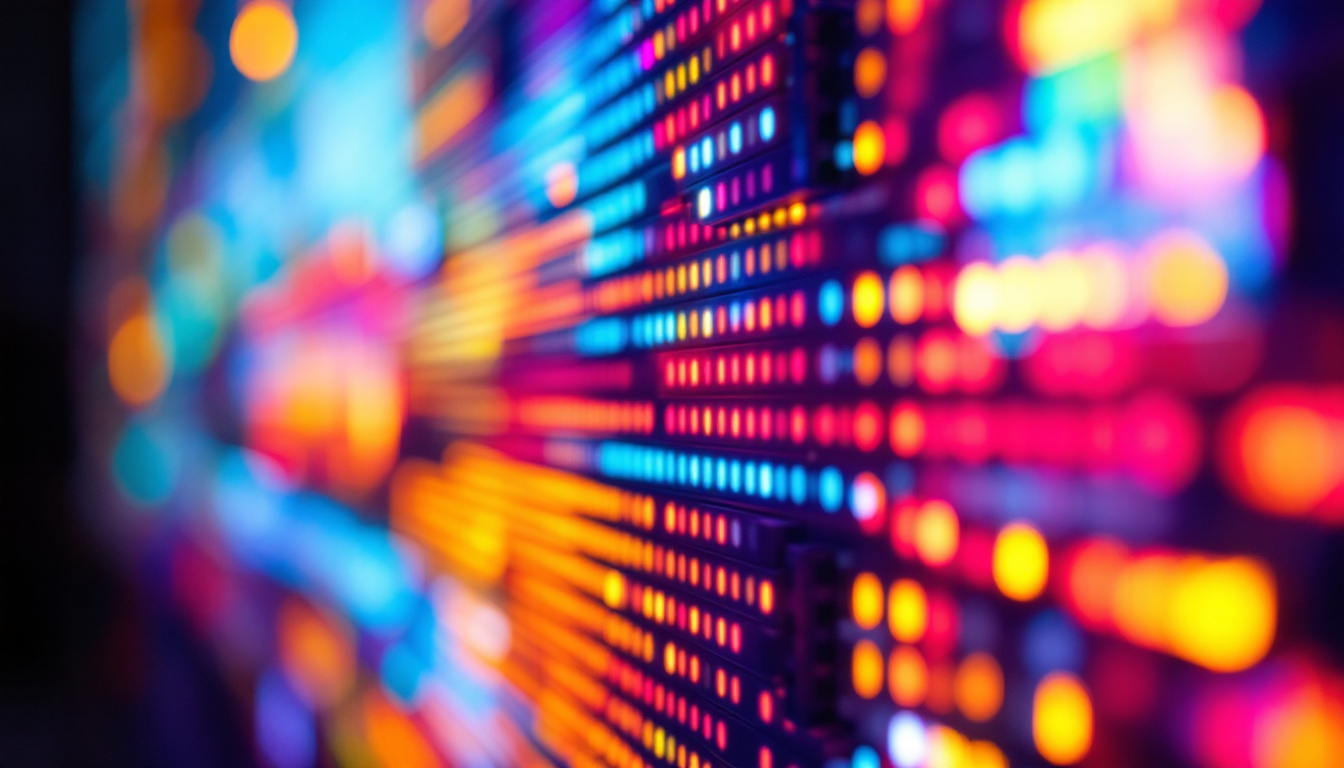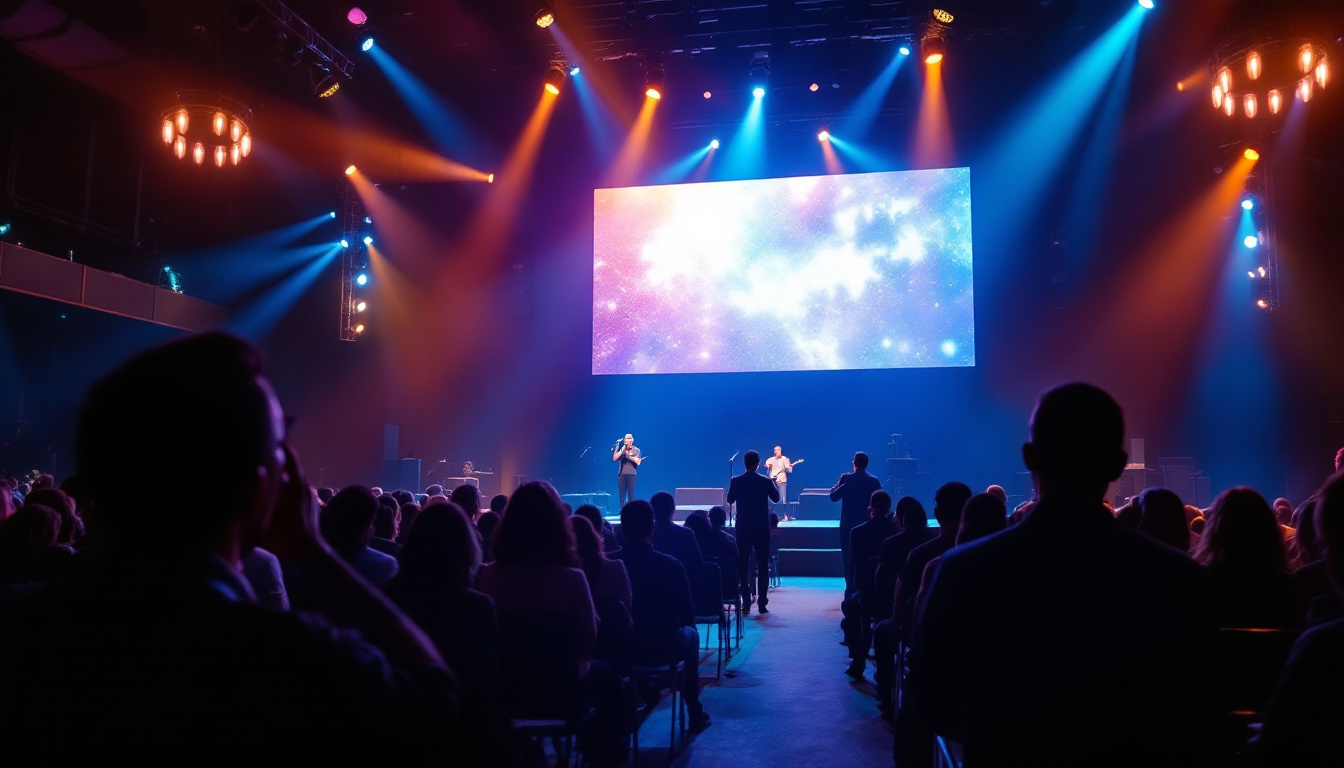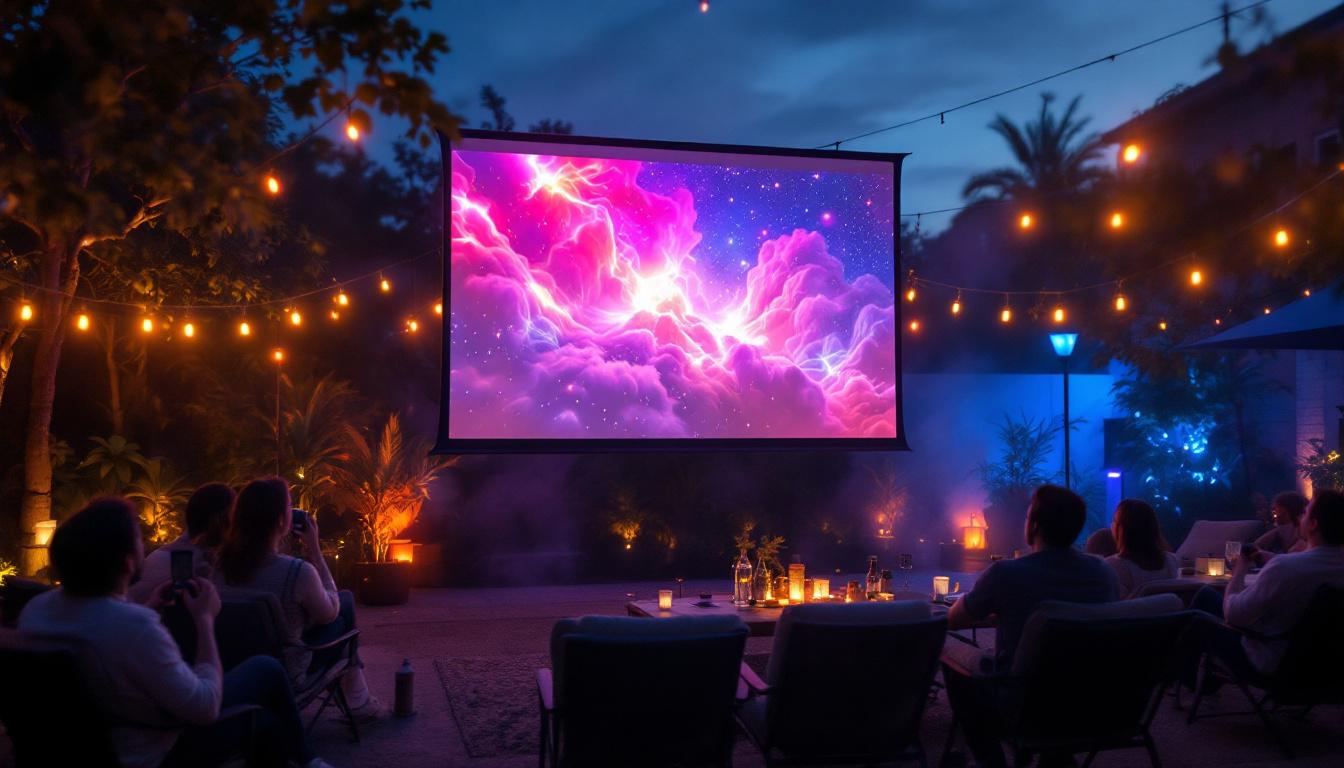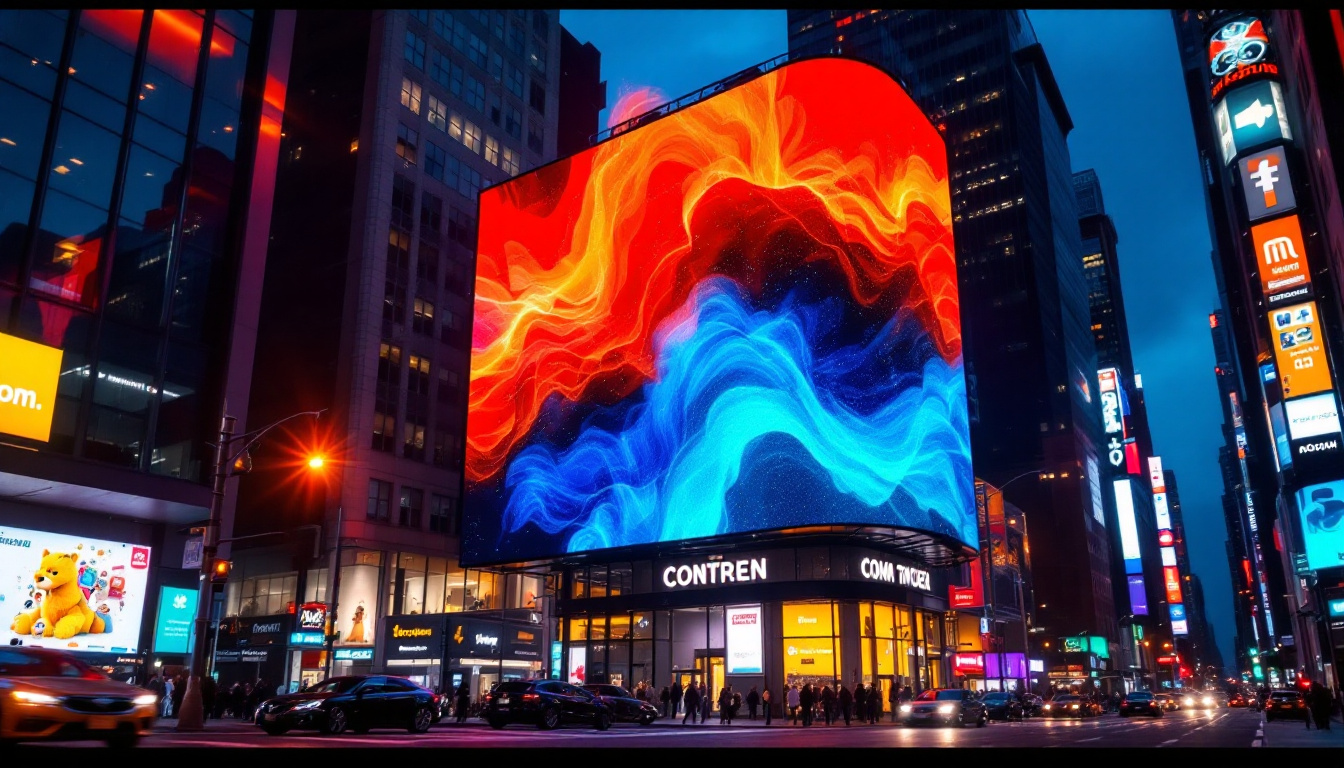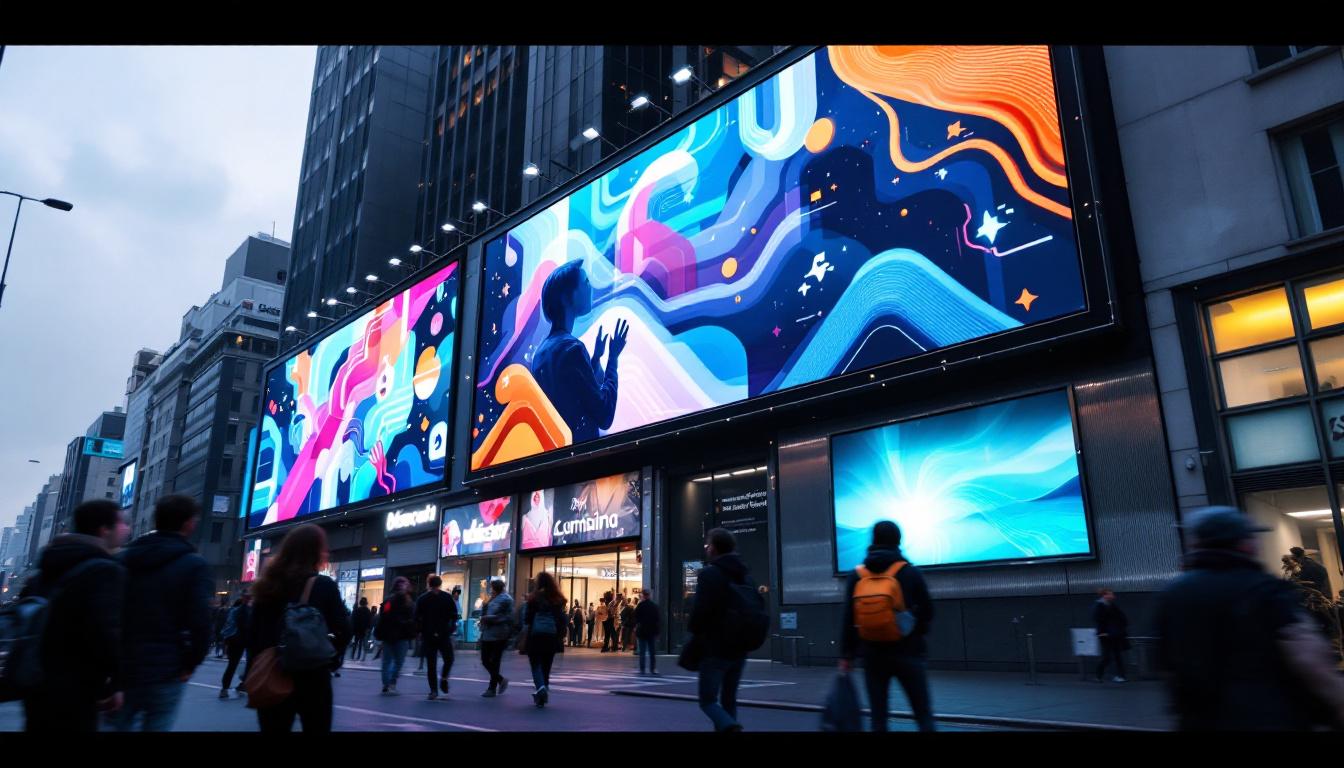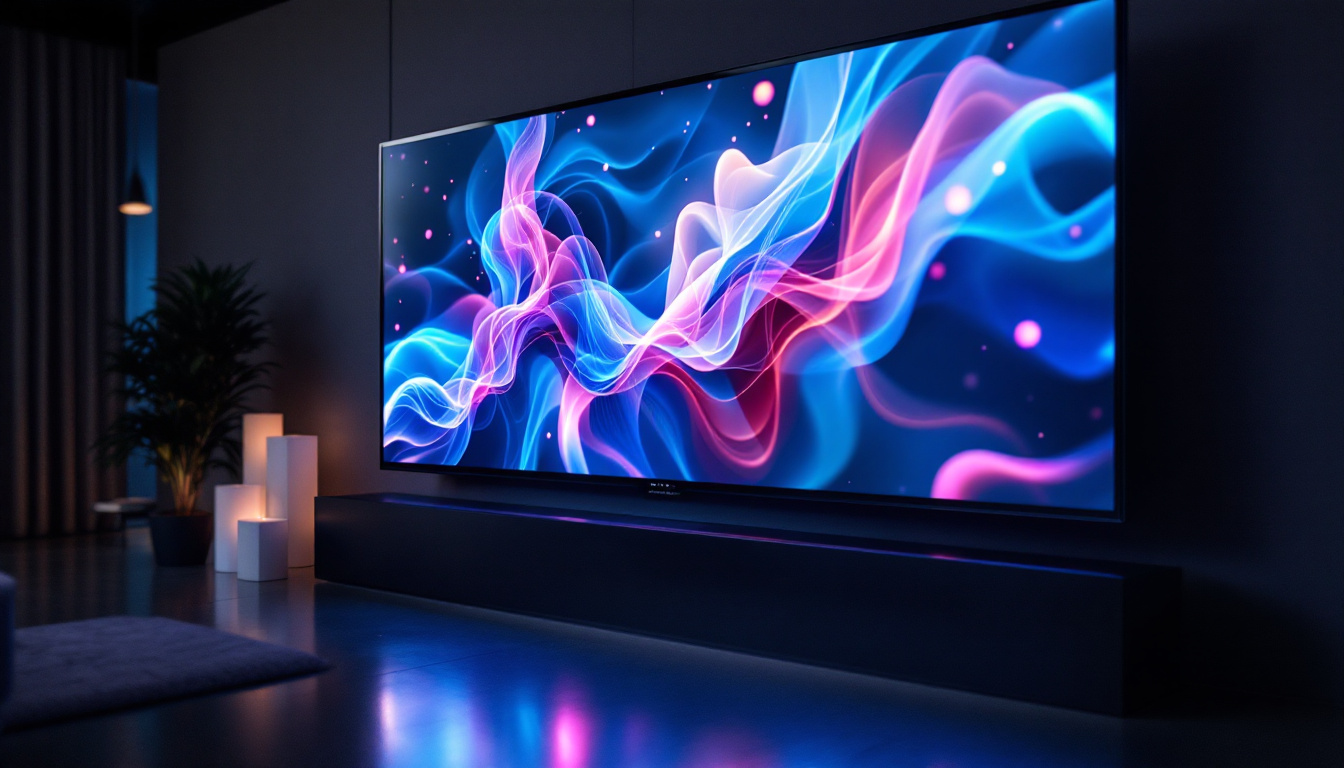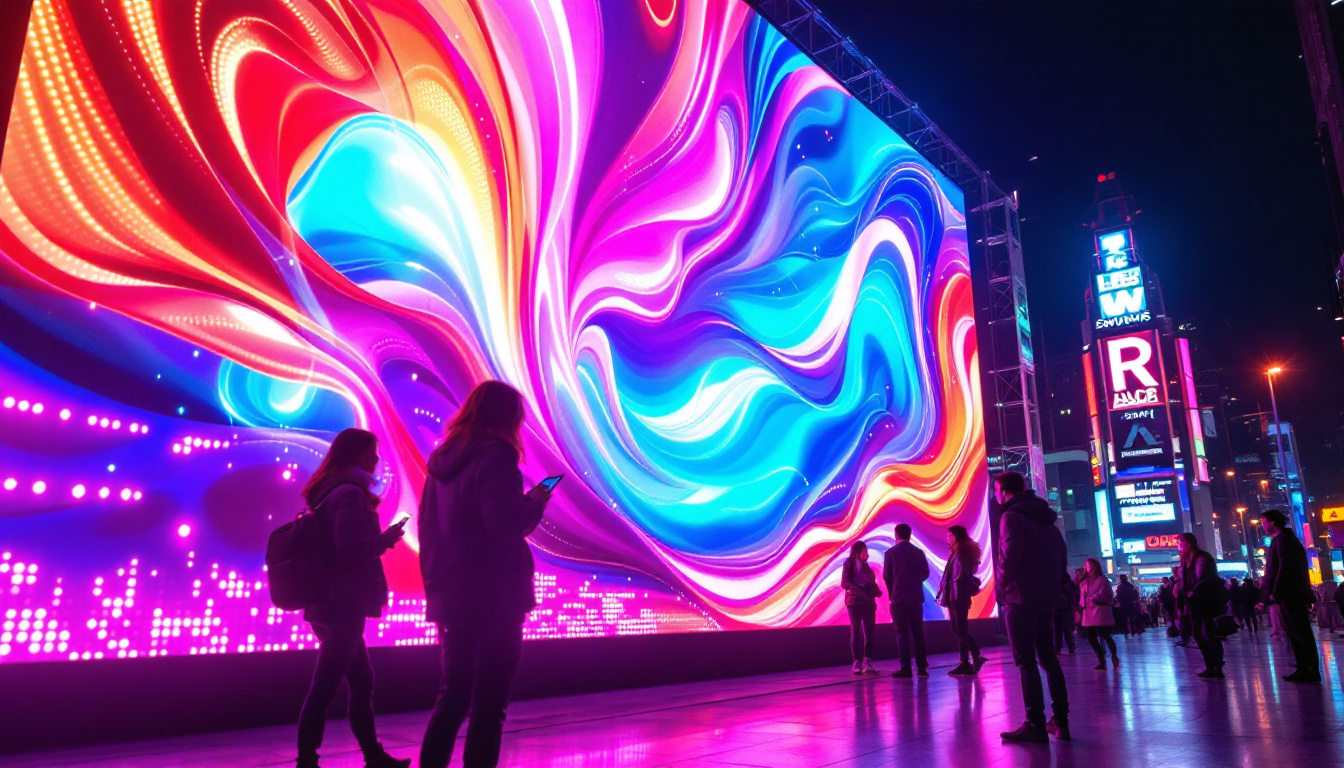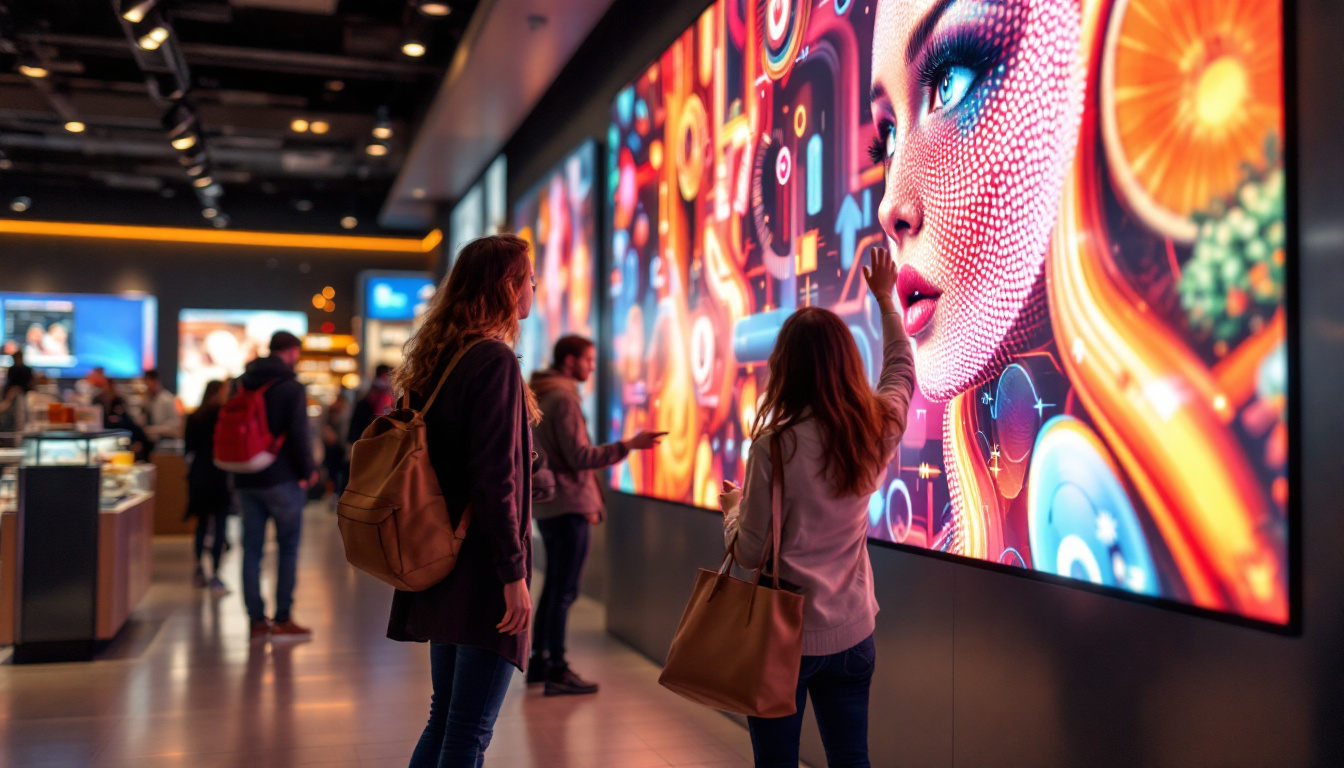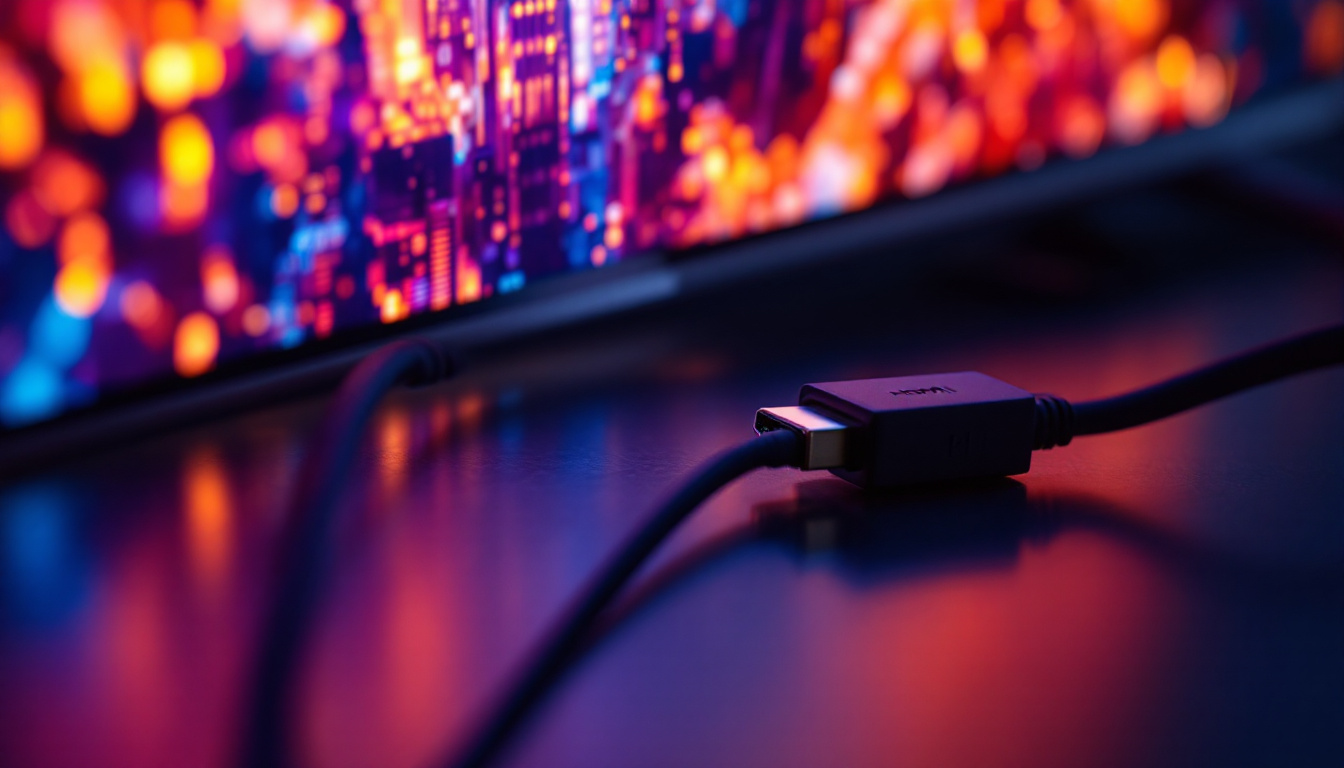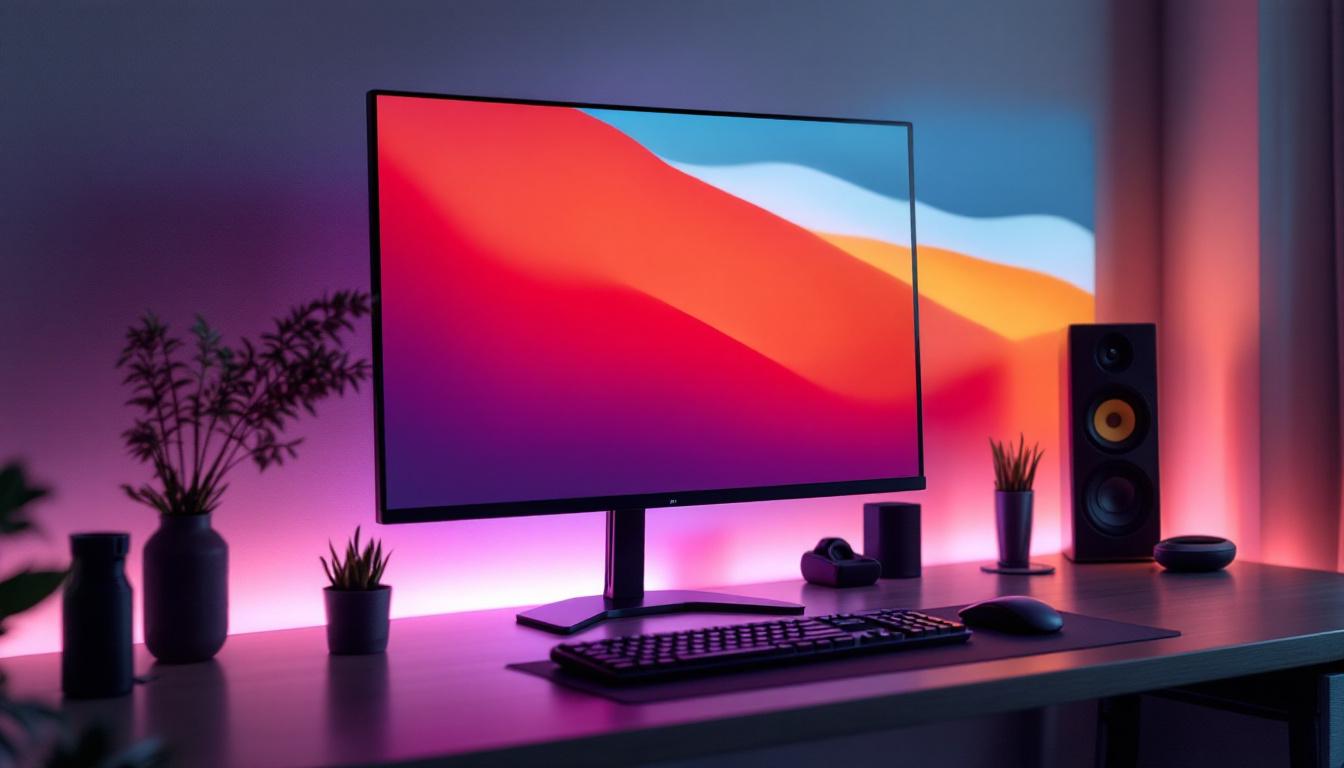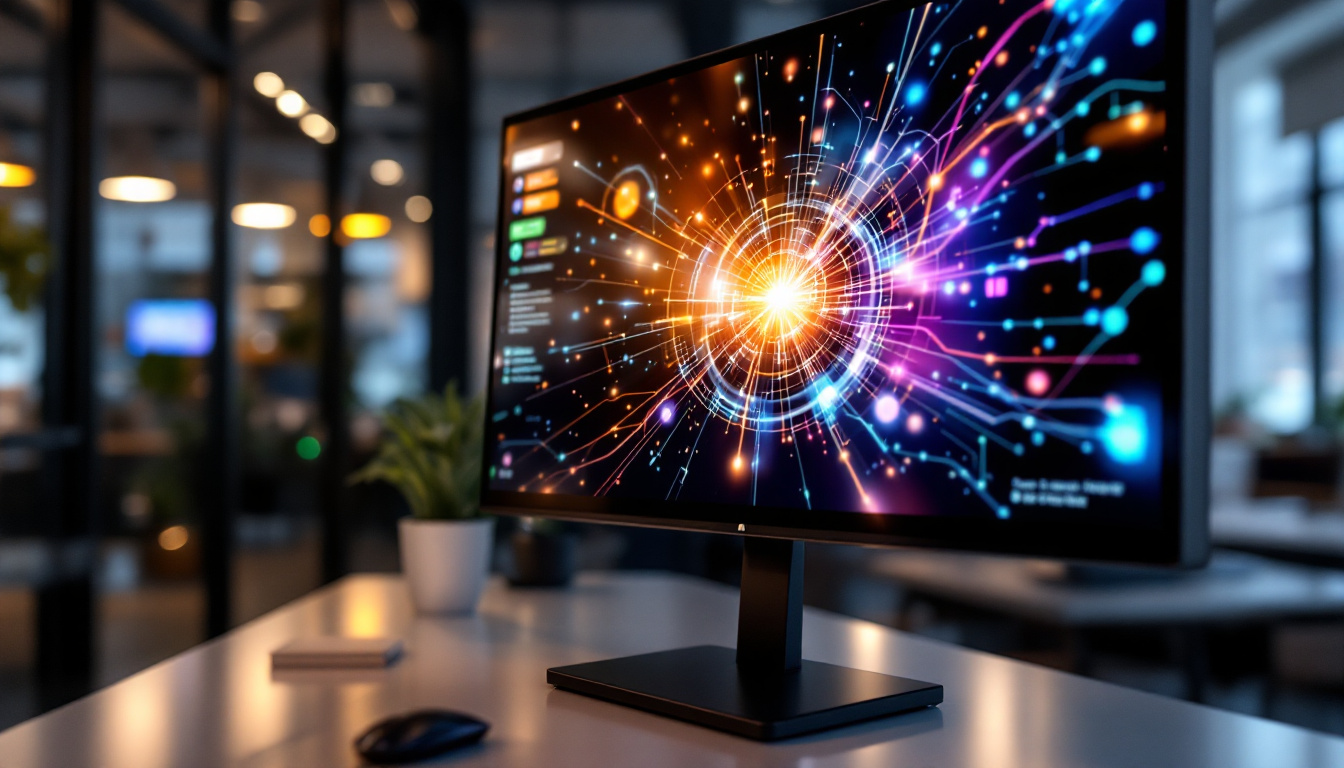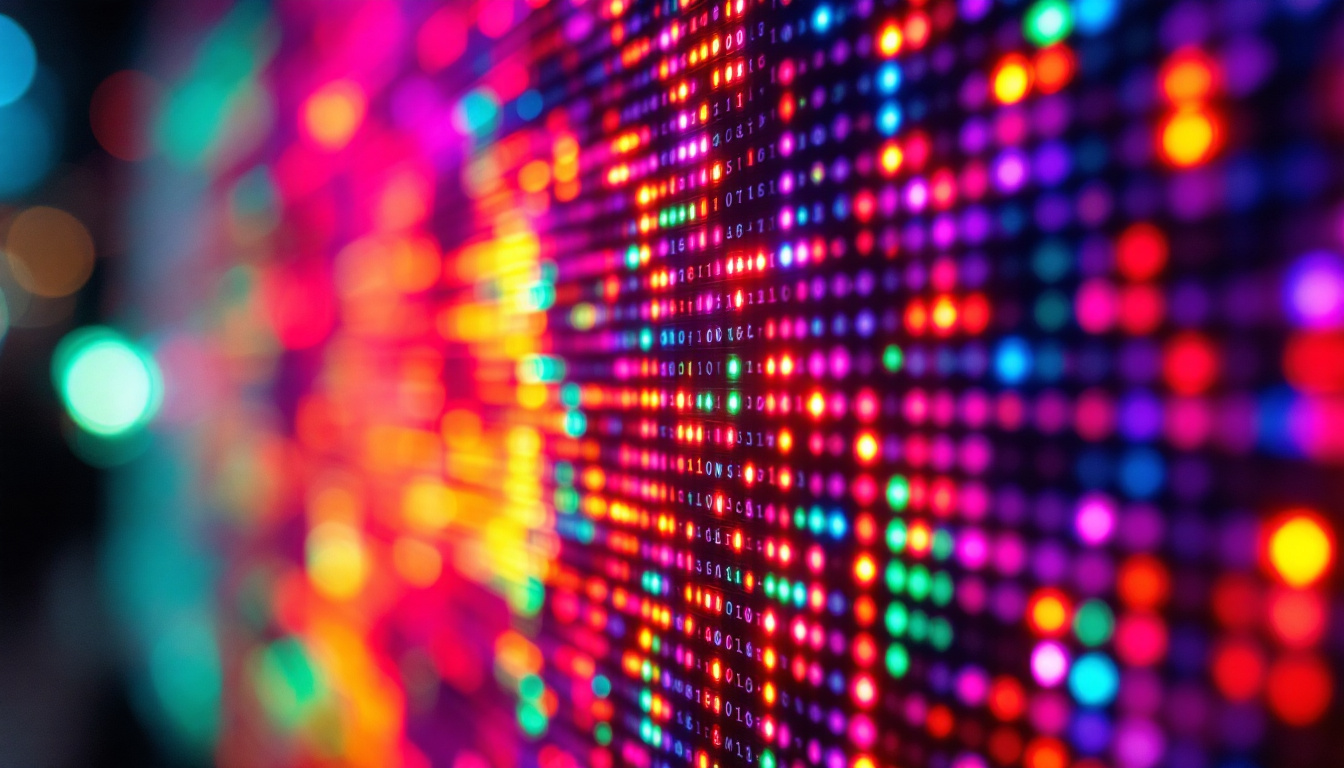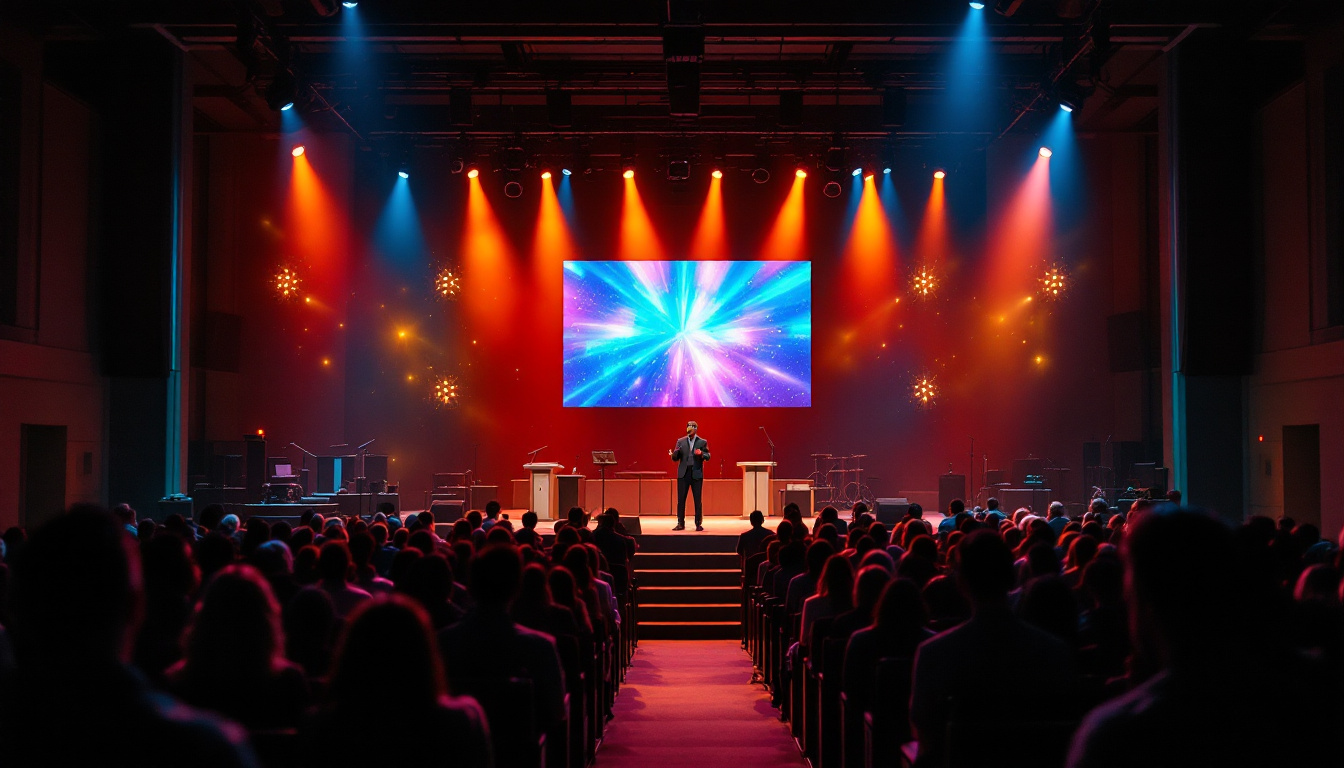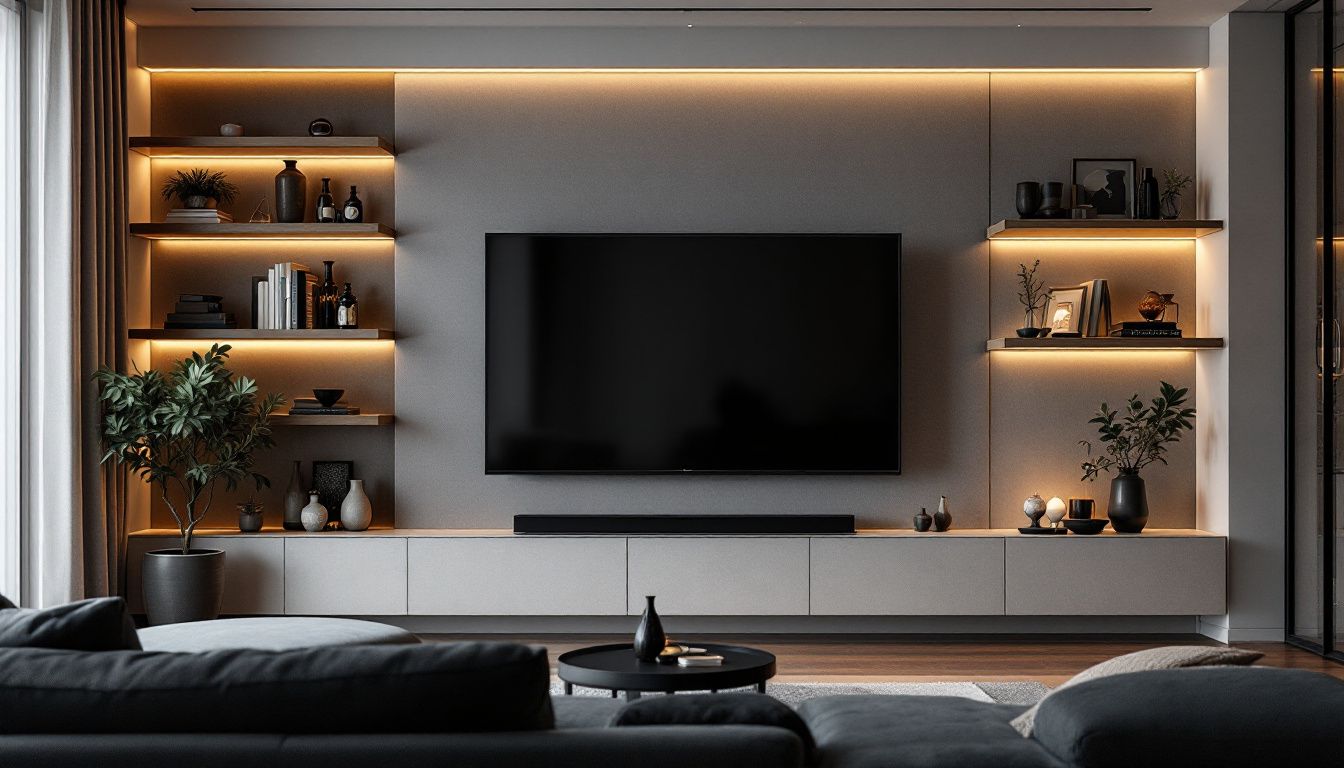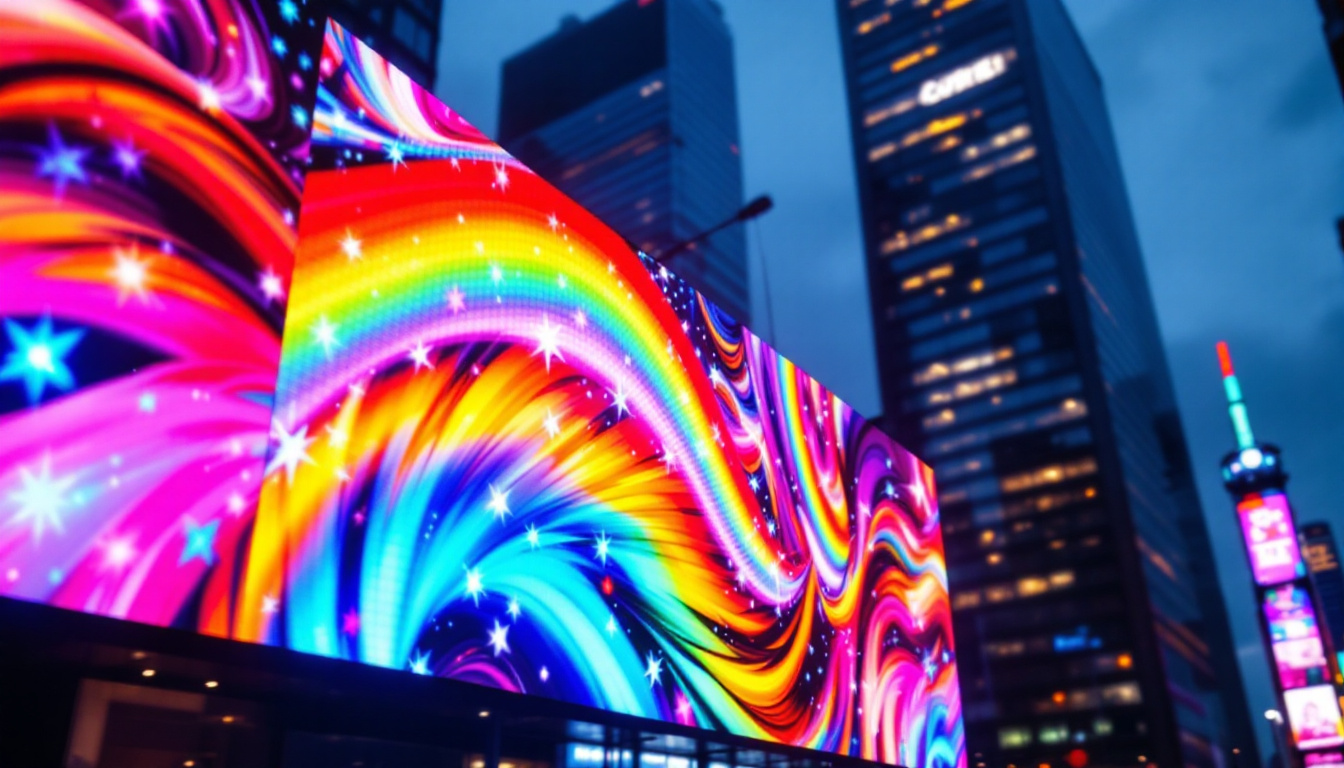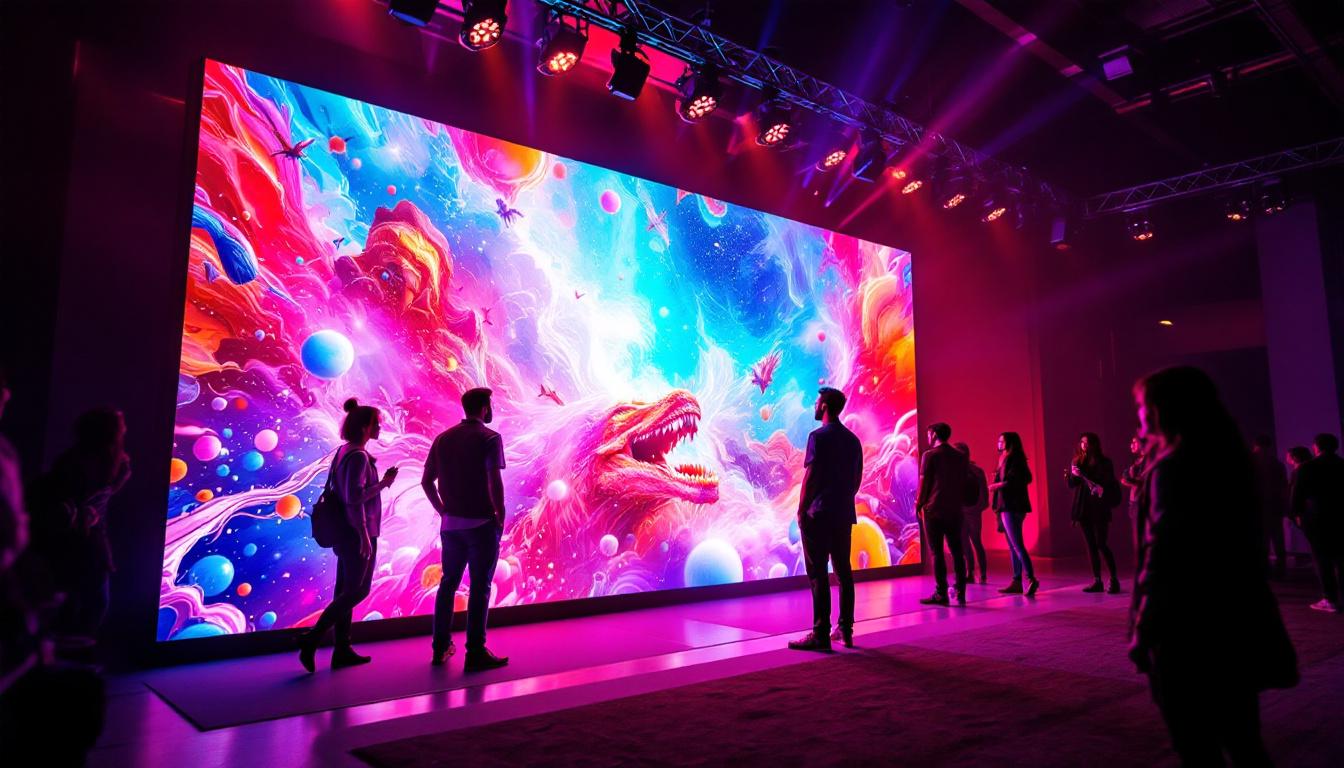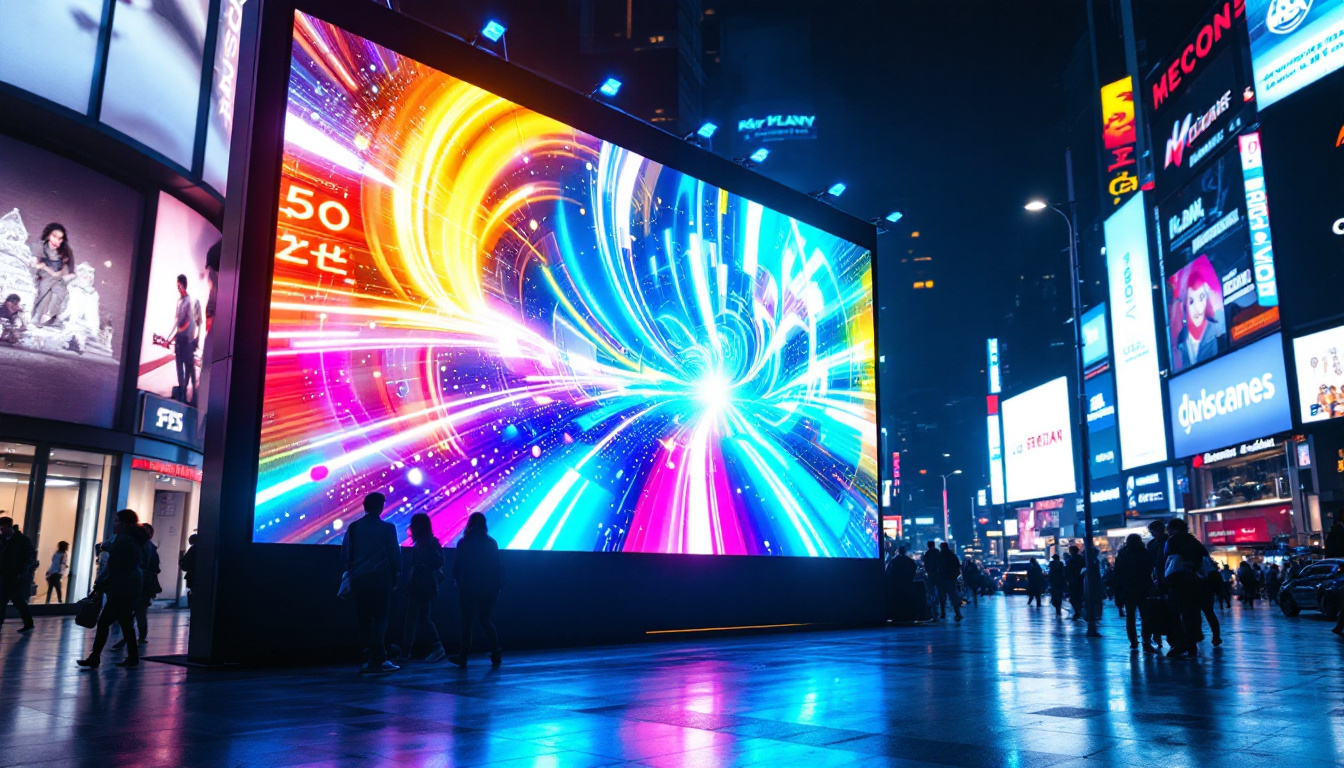In recent years, LED display technology has transformed the way information is presented in various environments, from commercial spaces to public venues. The versatility, brightness, and energy efficiency of LED displays have made them a popular choice for businesses and organizations looking to enhance their visual communication. This article delves into the intricacies of LED display technology, exploring its components, advantages, applications, and future trends.
Understanding LED Display Technology
What is an LED Display?
LED stands for Light Emitting Diode, a semiconductor device that emits light when an electric current passes through it. LED displays utilize these diodes to create images and videos by illuminating pixels in various colors. Unlike traditional display technologies, such as LCD or CRT, LED displays are known for their superior brightness, energy efficiency, and thin profile. This makes them ideal for a wide range of applications, from large outdoor billboards to sleek indoor screens in retail environments.
LED displays can be categorized into two main types: direct view and rear projection. Direct view LED displays consist of individual LED modules that form a larger screen, while rear projection displays use a combination of projectors and screens to display images. The direct view technology is more commonly used in large-scale applications due to its ability to deliver high-resolution images and vibrant colors. Furthermore, the modular nature of direct view LED displays allows for easy scalability, making it possible to create screens of virtually any size and shape, which is particularly advantageous for creative installations and architectural designs.
How LED Displays Work
At the core of LED display technology is the arrangement of pixels, which are the smallest units of an image. Each pixel consists of red, green, and blue (RGB) diodes that combine to produce a wide spectrum of colors. By varying the intensity of each diode, the display can create millions of color combinations, allowing for detailed and dynamic visuals. This capability is especially important in applications such as digital signage, where captivating visuals can significantly enhance viewer engagement and communication effectiveness.
LED displays operate through a process called pulse-width modulation (PWM), which adjusts the brightness of the diodes by changing the duration of the electrical pulses. This method ensures that the display maintains a consistent brightness level while minimizing power consumption. Additionally, advanced technologies such as image processing and color calibration are employed to enhance the visual quality and ensure accurate color reproduction. These enhancements are crucial in environments where color fidelity is paramount, such as in art galleries or during live broadcasts, where the true representation of colors can impact the viewer’s experience. Moreover, with the advent of smart LED displays, features like automatic brightness adjustment and content management systems have further revolutionized how content is displayed, allowing for real-time updates and greater interactivity.
Advantages of LED Displays
Brightness and Visibility
One of the most significant advantages of LED displays is their exceptional brightness. Unlike traditional displays, which can struggle in direct sunlight or well-lit environments, LED displays maintain visibility in various lighting conditions. This characteristic makes them ideal for outdoor advertising, sports arenas, and other venues where bright, clear visuals are essential.
The high brightness levels of LED displays also contribute to their ability to attract attention. The vibrant colors and sharp images can captivate audiences, making them an effective tool for marketing and communication. The ability to display dynamic content, such as videos and animations, further enhances their appeal. In fact, studies have shown that LED displays can increase viewer engagement by up to 400% compared to static signage, making them a game-changer for brands looking to make a lasting impression.
Energy Efficiency
Energy efficiency is another critical advantage of LED display technology. Compared to traditional display technologies, LED displays consume significantly less power while delivering superior performance. This efficiency not only reduces operational costs but also contributes to environmental sustainability by lowering carbon emissions.
Furthermore, the longevity of LED diodes means that they require less frequent replacements, leading to lower maintenance costs over time. Many LED displays have a lifespan of over 100,000 hours, making them a reliable investment for businesses looking to maximize their return on investment. This durability is particularly advantageous for businesses that operate in high-traffic areas, as it ensures that their displays remain functional and visually appealing without the need for constant upkeep.
Versatility and Customization
LED displays offer unparalleled versatility, making them suitable for a wide range of applications. They can be customized in size, shape, and resolution to fit the specific needs of any project. Whether it’s a massive outdoor billboard or a small indoor screen, LED technology can adapt to various environments and requirements.
Additionally, LED displays can be configured to create unique shapes and designs, allowing for innovative installations that enhance the aesthetic appeal of a space. This flexibility has led to their widespread use in retail environments, corporate offices, event venues, and more. For instance, curved LED screens can create immersive experiences in theaters and exhibitions, while modular LED panels can be arranged to form interactive displays that engage audiences in new and exciting ways. The ability to integrate LED technology with other digital systems, such as social media feeds or real-time data, further expands its potential applications, making it a favorite among tech-savvy marketers and event planners alike.
Applications of LED Displays
Advertising and Marketing
One of the most prominent applications of LED displays is in advertising and marketing. Businesses utilize these displays to showcase promotions, product launches, and brand messages in high-traffic areas. The dynamic nature of LED displays allows for engaging content that can capture the attention of potential customers.
Digital billboards, for instance, have revolutionized outdoor advertising by enabling advertisers to change their messages in real-time. This capability not only maximizes advertising space but also allows for targeted marketing campaigns that can adapt to audience demographics and behaviors.
Entertainment and Events
In the entertainment industry, LED displays play a crucial role in enhancing the audience experience. Concerts, festivals, and sporting events often feature large LED screens that display live feeds, graphics, and animations, creating an immersive atmosphere for attendees.
Moreover, LED technology has become a staple in stage design, allowing for creative lighting and visual effects that elevate performances. The ability to synchronize LED displays with music and other elements adds a new dimension to live events, captivating audiences and enhancing their overall experience.
Corporate Communication
LED displays are increasingly being used in corporate settings for internal communication and presentations. Digital signage solutions equipped with LED technology provide businesses with the ability to convey important information to employees and visitors in real-time.
From displaying meeting schedules and announcements to showcasing company achievements and branding, LED displays serve as effective communication tools. Their versatility allows for easy updates and content management, ensuring that the information presented is always current and relevant.
Challenges and Considerations
Initial Investment Costs
While LED displays offer numerous advantages, the initial investment costs can be a barrier for some businesses. High-quality LED technology can be expensive, and organizations must carefully consider their budget when planning an installation.
However, it is essential to view this investment as a long-term strategy. The energy savings, low maintenance costs, and potential for increased revenue through enhanced advertising can offset the initial expenditure over time. Businesses should conduct thorough cost-benefit analyses to determine the viability of LED displays for their specific needs.
Technical Complexity
Another challenge associated with LED displays is the technical complexity involved in their installation and operation. Proper calibration, maintenance, and troubleshooting require specialized knowledge and skills. Organizations may need to invest in training for staff or hire external experts to ensure optimal performance.
Additionally, advancements in technology may necessitate regular updates and upgrades to keep the displays functioning at their best. Staying informed about the latest developments in LED technology is crucial for maximizing the benefits of these displays.
Future Trends in LED Display Technology
Advancements in Resolution and Clarity
The future of LED display technology is poised for exciting advancements, particularly in terms of resolution and clarity. As consumer demand for high-definition visuals continues to grow, manufacturers are developing displays with higher pixel densities, resulting in sharper images and more detailed content.
MicroLED technology, which involves the use of tiny individual LEDs to create an image, is gaining traction as a promising alternative to traditional LED displays. This technology offers enhanced color accuracy, improved contrast ratios, and the potential for flexible and transparent displays, opening up new possibilities for innovative applications.
Integration with Smart Technologies
As smart technology becomes increasingly prevalent, the integration of LED displays with IoT (Internet of Things) systems is expected to rise. This integration will enable real-time data sharing and dynamic content updates based on user interactions and environmental conditions.
For example, smart LED displays in retail environments could adjust their content based on customer demographics, weather conditions, or time of day. This level of personalization will enhance the effectiveness of advertising and improve customer engagement.
Conclusion
LED display technology has revolutionized the way information is communicated across various industries. With their exceptional brightness, energy efficiency, and versatility, LED displays have become an essential tool for businesses and organizations looking to enhance their visual presence.
As advancements continue to shape the future of this technology, organizations must stay informed and adapt to the changing landscape. By understanding the benefits and challenges of LED displays, businesses can make informed decisions that align with their goals and maximize their investment in this innovative technology.
In a world where visual communication is paramount, LED displays stand out as a powerful medium that can captivate audiences, convey messages effectively, and drive engagement. The future of LED technology holds exciting possibilities, ensuring that it will remain at the forefront of visual display solutions for years to come.
Explore Cutting-Edge LED Display Solutions with LumenMatrix
Ready to elevate your visual communication with the latest in LED display technology? Discover LumenMatrix’s comprehensive range of innovative LED display solutions, designed to bring your brand to life. From Indoor and Outdoor LED Wall Displays to specialized options like Vehicle, Sports, and Floor LED Displays, LumenMatrix offers custom and All-in-One LED Display solutions to fit any need. Experience the transformative power of LED Transparent Displays and captivate your audience with unparalleled clarity and impact. Check out LumenMatrix LED Display Solutions today and join the revolution in visual storytelling.

